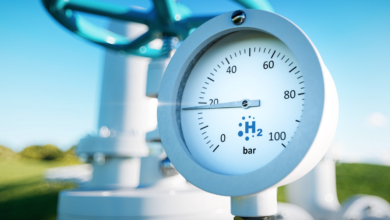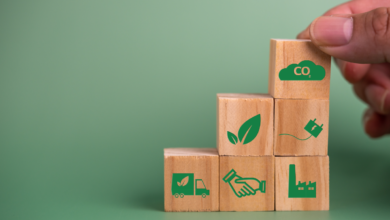(Sustainabilityenvironment.com) – To achieve the new European targets on decarbonisation (-55% of CO2 emissions to 2030 compared to 1990 levels) will need to adjust the specific targets for renewables, between 38% and 40% of final consumption, and energy efficiency, with a reduction between the -39% and the -41% of the primary consumptions. This is what emerges from the Position Paper “Utilities protagonists of the ecological transition: the challenge of decarbonisation”, developed by Utilitalia (the Federation of public utilities of water, environment and energy).
Decarbonisation investments of 450 million, 8.2 euros per inhabitant
“Reaching these targets – it is explained – will require a transformation of the production system, starting from the models in which utilities are active”. Companies for which, in any case, the decarbonisation chapter is already considered fundamental: investments amount to 450 million (8.2 euro per inhabitant) and there are many concrete examples, from energy produced from renewable greenhouses to more than 5 thousand vehicles with low environmental impact up to 42% of energy produced from renewable sources.
2030 targets, the three challenges for utilities
Looking at the national level, at the 2030 targets set by the National Integrated Energy and Climate Plan (PNIEC), the challenges for utilities are mainly three. The first, is the growth of renewable capacity: wind capacity from 10,900 MW to 19,300 MW (of which 900 MW offshore) and photovoltaic capacity from 21,630 MW to 52,000 MW. The second, is energy efficiency: additional savings of 9.35 Mtoe/ year to 2030 (51.4 Mtoe cumulative) compared to the average of the three-year period 2016-2018. The third concerns the transport sector: reduction of CO2 emissions by 36.8% through significant growth of biofuels, in particular, biomethane (from 0 in 2016 to 793 ktep in 2030) and road RES (from 2 ktep to 379 ktep).
The new opportunities offered by the market
The scenarios that open up set in motion by decarbonisation, on the one hand require utilities “to modify their business along the supply chains, on the other hand they also create new market opportunities”. Some examples include: the electricity supply chain with an increase in renewable supply through auctions and Power Purchase Agreement (PPA); the gas supply chain with renewable gas supply to decarbonise the hard-to-abate sectors, such as industry and heavy transport, storage of renewable production through power-to-gas and flexibility services; the water supply chain with supply of renewable energy to other sectors, such as electricity and biomethane, and supply of purified water to sectors such as agriculture and industries; the waste and environmental supply chain with the introduction of advanced circular economy models with preparation for reuse, upcycling, refurbishment, remanufacturing, and collaborations with manufacturers and industrial actors; the sustainable mobility chain with the offer of mobility services (sharing, recharging and fleet management) to citizens and businesses; and the energy efficiency supply chain with the offer of redevelopment to condominiums through the 110% superbonus, as well as consulting services to companies for the energy efficiency of industrial processes.






